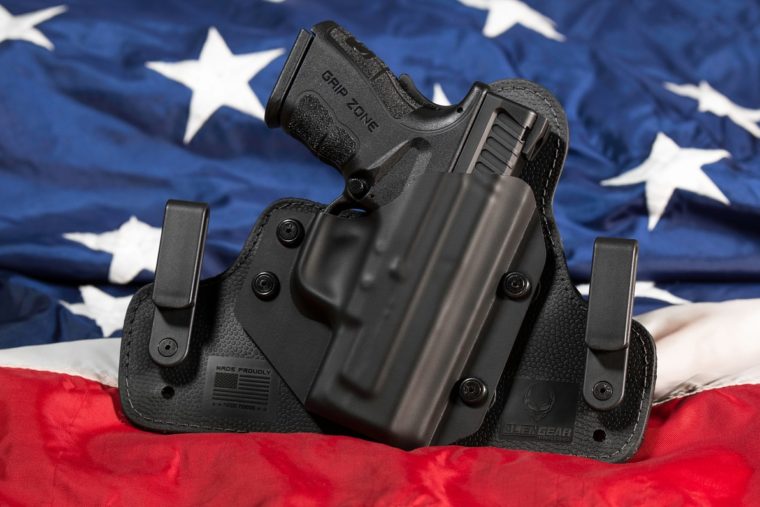Gun-control advocates often argue that gun-control laws must be more restrictive than the original meaning of the Second Amendment would allow, because modern firearms are so different from the firearms of the late 18th century. This argument is based on ignorance of the history of firearms. It is true that in 1791 the most common firearms were handguns or long guns that had to be reloaded after every shot. But it is not true that repeating arms, which can fire multiple times without reloading, were unimagined in 1791. To the contrary, repeating arms long predate the 1606 founding of the first English colony in America. As of 1791, repeating arms were available but expensive.
This article explains why the price of repeating arms declined so steeply. Then it describes some of the repeating arms that were already in use when the Second Amendment was ratified, including the 22-shot rifle that was later carried on the Lewis and Clark expedition.
One of the men to credit for why repeating arms became much less expensive during the 19th century is James Madison, author of the Second Amendment. During Madison’s presidency (1809-17), Secretary of War James Monroe (who would succeed Madison as president), successfully promoted legislation to foster the development of firearms technology. In particular, the federal armories at Springfield, Mass., and Harpers Ferry, Va., were ordered to invent the means of producing firearms with interchangeable parts.
To function reliably, repeating firearms must have internal components that fit together very precisely — much more precisely than is necessary for single-shot firearms. Before President Madison and Secretary Monroe started the manufacturing revolution, firearms were built one at a time by craftsmen. Making a repeating arm required much more time and expertise than making a single-shot firearm. How to make repeating arms was well-known, but making them at a labor cost the average person could afford was impossible.
Thanks to the technology innovation labs created at Springfield and Harpers Ferry, inventors found ways to manufacture firearms components at a higher rate, and with more consistency for each part. Instead of every part being made by hand, parts were manufactured with machine tools (tools that make other tools). For example, the wooden stocks for rifles could be repetitively manufactured with such precision that any stock from a factory would fit any rifle from the factory, with no need for craftsmen to shave or adjust the stock.
by David Kopel



